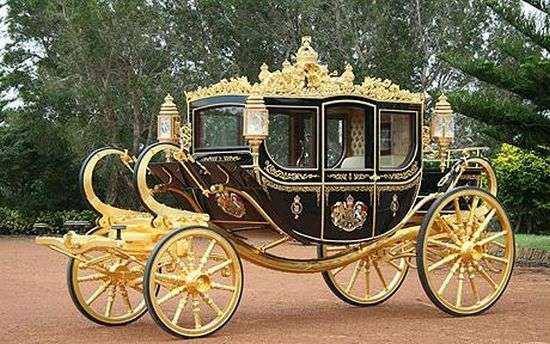Stamp: Lutece-Rome Voie no 7 in black (France 2019)
Lutece-Rome Voie no 7 in black (France 2019)
01 January (France ) within release MonTimbrEnLIgne. Asterix goes into circulation Stamp Lutece-Rome Voie no 7 in black face value Lettre No Face Value
| Stamp Lutece-Rome Voie no 7 in black in catalogues | |
|---|---|
| Colnect codes: | Col: FR-TIM 2019-190b |
Stamp is square format.
Also in the issue MonTimbrEnLIgne. Asterix:
- Stamp - Abraracourix face value LettreVerte;
- Stamp - Asterix 3 in black face value Prioritaire;
- Stamp - Bon Voyage in black face value Lettre;
- Stamp - Falbala and Obelix in black face value Lettre;
- Stamp - Happy Christmas Idefix Joyeux Noel in black face value Lettre;
- Stamp - Idefix 1 in black face value Ecopli;
- Stamp - Lutece-Rome Voie no 7 in black face value Lettre;
- Stamp - Obelix 2 in black face value Lettre;
- Stamp - Panoramix 2 in black face value Lettre;
- Stamp - Idefix 2 grey background face value Lettre;
|
Data entry completed
46%
|
|
|---|---|
| Stamp Lutece-Rome Voie no 7 in black in digits | |
| Country: | France |
| Date: | 2019-01-01 |
| Emission: | Personalized - Official |
| Format: | Stamp |
| Face Value: | Lettre No Face Value |
Stamp Lutece-Rome Voie no 7 in black it reflects the thematic directions:
A carriage is a two- or four-wheeled horse-drawn vehicle for passengers. Second-hand private carriages were common public transport, the equivalent of modern cars used as taxis. Carriage suspensions are by leather strapping or, on those made in recent centuries, steel springs. Two-wheeled carriages are usually owner-driven.
A cartoon is a type of visual art that is typically drawn, frequently animated, in an unrealistic or semi-realistic style. The specific meaning has evolved, but the modern usage usually refers to either: an image or series of images intended for satire, caricature, or humor; or a motion picture that relies on a sequence of illustrations for its animation. Someone who creates cartoons in the first sense is called a cartoonist, and in the second sense they are usually called an animator.
The concept originated in the Middle Ages, and first described a preparatory drawing for a piece of art, such as a painting, fresco, tapestry, or stained glass window. In the 19th century, beginning in Punch magazine in 1843, cartoon came to refer – ironically at first – to humorous artworks in magazines and newspapers. Then it also was used for political cartoons and comic strips. When the medium developed, in the early 20th century, it began to refer to animated films that resembled print cartoons.


